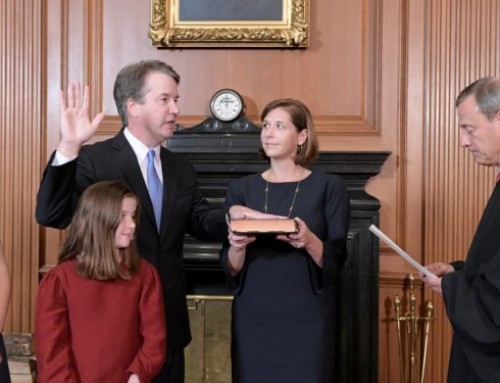By Rich Oppel Sr.
Originally published by Cision
 Your story is worthless if you can’t get anyone to care about it. Before you pitch a journalist, you must think about how your story adds value for your audience.
Your story is worthless if you can’t get anyone to care about it. Before you pitch a journalist, you must think about how your story adds value for your audience.
Rich Oppel, senior advisor for media strategy and management at Crosswind Media & Public Relations, says brands will successfully land media coverage when they can combine their needs with the needs of journalists and their readers.
In this interview, Rich shares the similarities between journalists and communication professionals, the steps to developing a successful media strategy and how to build strong relationships with journalists.
You recently joined Crosswind Media & Public Relations as a senior advisor for media strategy and management. What will this role entail?
Giving counsel to executives and organizations facing opportunities and challenges. It will include reputation management, crisis management, brand enhancement and media relations.
In short, I will assist CEO Thomas Graham and EVP Angela Dejene in executing our mission and in planning for and managing the growth of the agency.
How do you think your background in journalism will help you in this new role?
Both journalists and communication professionals tell stories. They must be truthful and factual. These stories can be very complex and multifaceted, or simple and basic.
The journalist tells a story for the consumer, voter or investor. The PR person assists a client in telling his story, but always with the consumer ultimately in mind. Both journalists and communication professionals must respond swiftly and accurately to unpredictable events.
We have a lot in common. We have some excellent former journalists on the Crosswind staff, including Thomas Graham, Tom Goff and Arnold Garcia. They all get it.
How did you make the switch from journalism to PR? What was behind that decision?
I ended 45 years in journalism when I retired as editor of the Austin American-Statesman in 2008, so it didn’t feel like a “switch” so much as completing one phase of my life.
I worked three years for a strategic communications firm, and left to volunteer at Huston-Tillotson University, a historically black university, where I later served as vice president for institutional advancement.
It’s all storytelling. I still have hundreds of friends among news people across the nation.
What constitutes a successful media strategy?
I don’t speak PR lingo fluently, but the essence of our work at Crosswind is to understand and appreciate a client and her needs fully, listening carefully. Then, coming to understand third-party influencers. These may be union leaders, competitors or regulators.
Then, we devote time to knowing and understanding the media and their needs in the relevant area. We define media very broadly, from traditional print media to the gossipmonger with a following on social media.
The final task is to tell the client’s story in a way that enhances reputational standing or brings in new business. As much as possible, we at Crosswind converge the needs of all parties. A reporter is in pursuit of a given story; we coach a client to help tell that story. Everyone wins.
What are some of the biggest pitching mistakes communication professionals make?
Traditional pitching remains necessary, but we should be realistic about the emails that begin “Hi Joe, my client Ellen is an expert on…” Today there are fewer reporters that have less time to do more work.
I spoke the other day with a friend who is a Fox News reporter. He returned from a two-week campaign trip to find 12,000 emails. How many pitches is he likely to read?
Here is the key: Take the time to develop long-term friendships with reporters and editors. Read closely what they write.
I find that some young professionals don’t read newspapers or influential websites. If you do, you always spot ideas for pitches, find clues to where a reporter is headed. You learn while you are listening, reading, researching and thinking. Then you can construct a strong narrative to place between the reporter and the client.
The reporter’s objective is not to publicize your client, but to tell an interesting or important story. When I was editor of The Charlotte Observer, I put signs on the walls reading “WHOGAS.” That stands for “Who Gives A….”
I run into reporters who worked with me 30 years ago who still remember those signs and how they riveted attention on the needs of the reader. We must place our clients into the slipstream of the reporter’s desire to satisfy the reader.
Read the original Cision story here.





